All images by the ICZ
Giorgos charonidis's nature tour of athens
GIORGOS CHARONIDIS’S NATURE TOUR OF ATHENS
Katerina Zavakou, a performance.
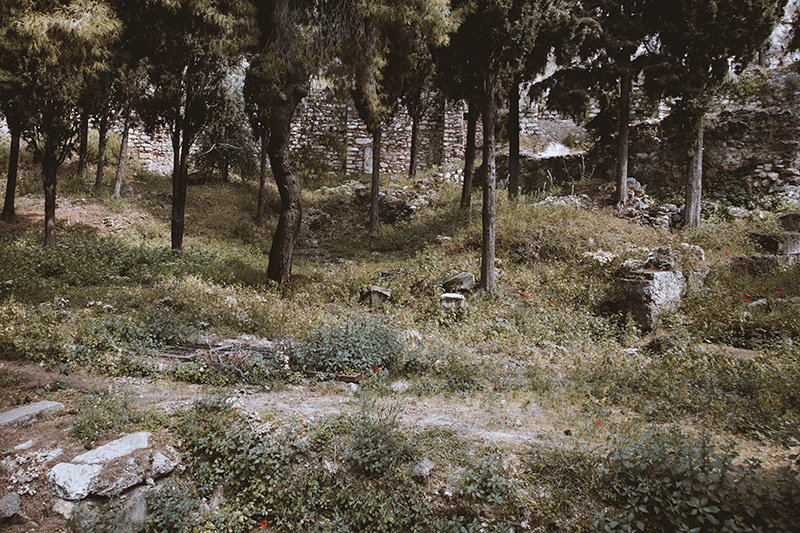 Part 1 of 4
Part 1 of 4
In the summer before he died, I joined Giorgos Charonidis on a number of his informal “nature tours of Athens,” which he ran a few times every month, pulling along intrepid tourists and amused locals unafraid of this rambling eccentric. The tour would start at Philopappos.
“I hope you’re hungry,” he’d start the tour by saying, and then he’d direct the group down the derelict ruins and dusty path. This always confused people. “Look down,” he’d say, pointing out nondescript shrubs and flowers growing in crevices, pillars in broken walls.
“All these can be eaten,” he’d say as he ripped up some plants and chewed on them to the astonishment of the group, and this delighted him. Then he’d brandish photographs and drawings, teaching the group how to go about gathering these herbs.
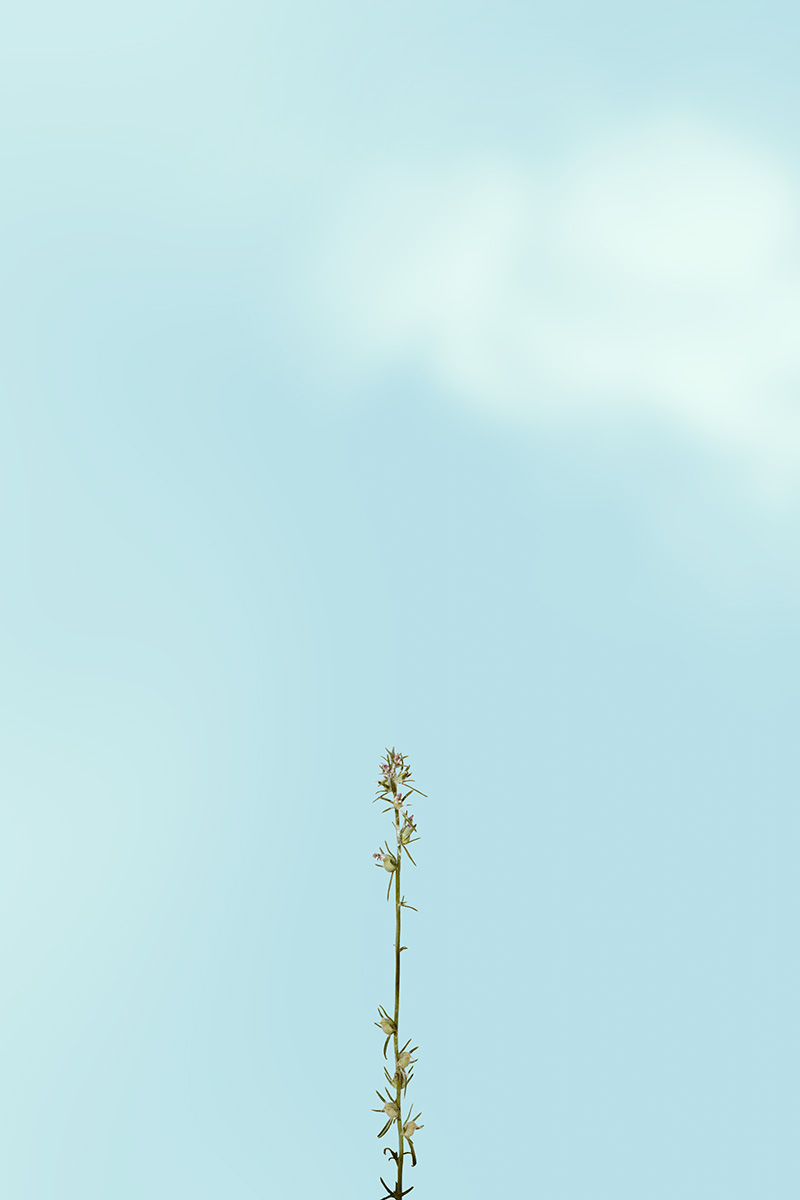
Part 2 of 4
After this bizarre lunch, we’d head up to the Acropolis. Gruffly, but deftly, he’d push us through the hordes of tourists to a far and quiet corner of the hill.
He'd natter excitedly about the biggest secret of the Acropolis, one even the government didn’t know about. He’d quicken his step, and tear effortlessly down the rock path, and leading us to the base of a ruin. At this, many in the group, especially tourists, would wander around admiring the structure, but Giorgos would gruffly usher them back and point at the ground. “Look,” he’d say, pointing at the cracks between the stone where some shrubs were growing. “Look closer,” he’d say, and he’d lightly brush a little weed bearing minuscule pink flowers.
“This one,” he said, “it only grows here on the hill”. He would not pluck any, nor let anyone get too close. “These pink flowers you can brew into a tea.”
But, he said, he’d never tried. “No one gathers them.” They were too rare, and apparently could not grow anywhere else but at this precise spot amidst the old ruins. After the civil war, he said, the plant disappeared for a long time.
Later I learned the plant is the micromeria acropolitana, so named because it has only ever been recorded on the Acropolis. Scientists first came across it in the early 1900s, but clearly it was known to Athenians long before. After it disappeared, scientists believed it to be extinct. Botanists only saw it growing again in the early 2000s. The botanists I’ve spoken to all make a fuss about how they keep the location secret so people stay away from the miracle plant.
One day, when I told Giorgos about this, he laughed. He and other foragers had seen the micromeria resurge as early as the 1970s, and only ever in that same spot on the hill.
I asked him why he freely brought people to see the plant even though scientists keep an embargo on the location, Giorgos laughed again and said, “can you remember how to get there?” And of course, when I tried one day to go myself, I walked for hours, taking every turn, and didn’t even get close to finding that slope, nor that patch of tiny pink flowers.
Today when I look at postcards of the Acropolis, for all the splendour of the ruins, my eyes move first to the little, perfunctory patches of green, a nondescript detail that hides strange secrets.
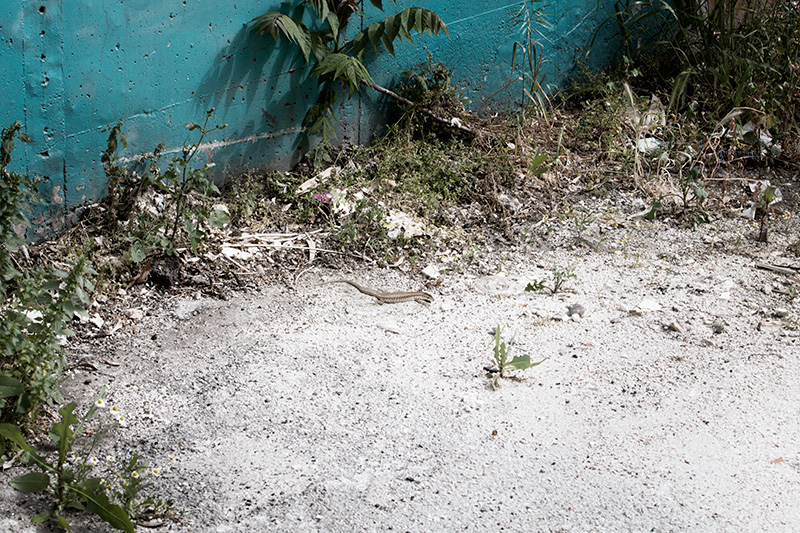
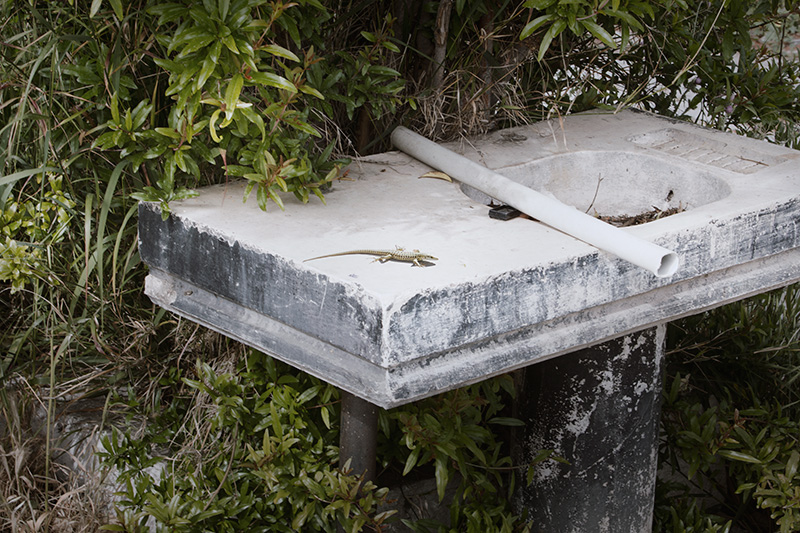
Part 3 of 4
Next on the tour, we would head down into the city, and by this point, our odd little group would have pulled along more curious followers.
We would wander into a remote, abandoned park. The plants were overgrown, the walls broken, the grounds covered with trash. In this mess Giorgos got increasingly excited as he led us to a concrete wall covered with weeds.
“Did you know that when I was a child, there were no such things as lizards in Athens?” he said, and urged us to be quiet as we advanced on the wall. “Then last year, a friend of mine spotted these here while he was photographing birds, he’d never seen anything like them.”
On the wall were brown lizards, not particularly interesting to look at, but Giorgos was thrilled. According to one theory by scientists, these lizards had come from Spain via shipping cargo, carried thousands of miles from where they are a common sight in people’s homes. And now here they were, in large colonies, thriving in an abandoned park in the centre of Athens.
“Enjoy them now,” Giorgos said. “The environment people are trying to kill them.”
We’d walk farther South to the coast to see some different lizards, this time a colony that Giorgos said lives only at Edem Beach. They’re not hard to spot. Bright green and slender, they scurry about the rocks near the beach. These Italian lizards are believed to have arrived by ship as well, carried on potted plants. Giorgos’s friend from the government environment agency first told him about them, describing them as a menace.
These Italian lizards have adapted so well to this beach that scientists worry they may be a threat to local wildlife. In fact on one of the tours, we saw exterminators running about the beach trying to catch these lizards.
The method they used was a pole and noose. Apparently, if you stand far away enough from a lizard’s radius of safety, it will not notice you. So, with a pole, you can bring a loop around a lizard’s neck, and in this way quickly snatch it up.
This wasn’t the first time Giorgos had seen these exterminators. “The government has waged war on these lizards,” he said, hands in the air.
Giorgos struck up a conversation with one of the exterminators. “You don’t have to worry,” Giorgos said. “They can’t even leave the beach because they’re trapped here by that tram line”.
One of them, a herpetologist from the university, turned and said: “No, they’re a highly invasive species. If they get past that tram line, they are going to be a real problem.”
Giorgos shrugged it off. “They’re still beautiful.“
Turning to me, he said as we left: “It’s a pity. These days it’s harder to see these lizards. Rats eat their eggs, and cats have learned to hunt them for food.”
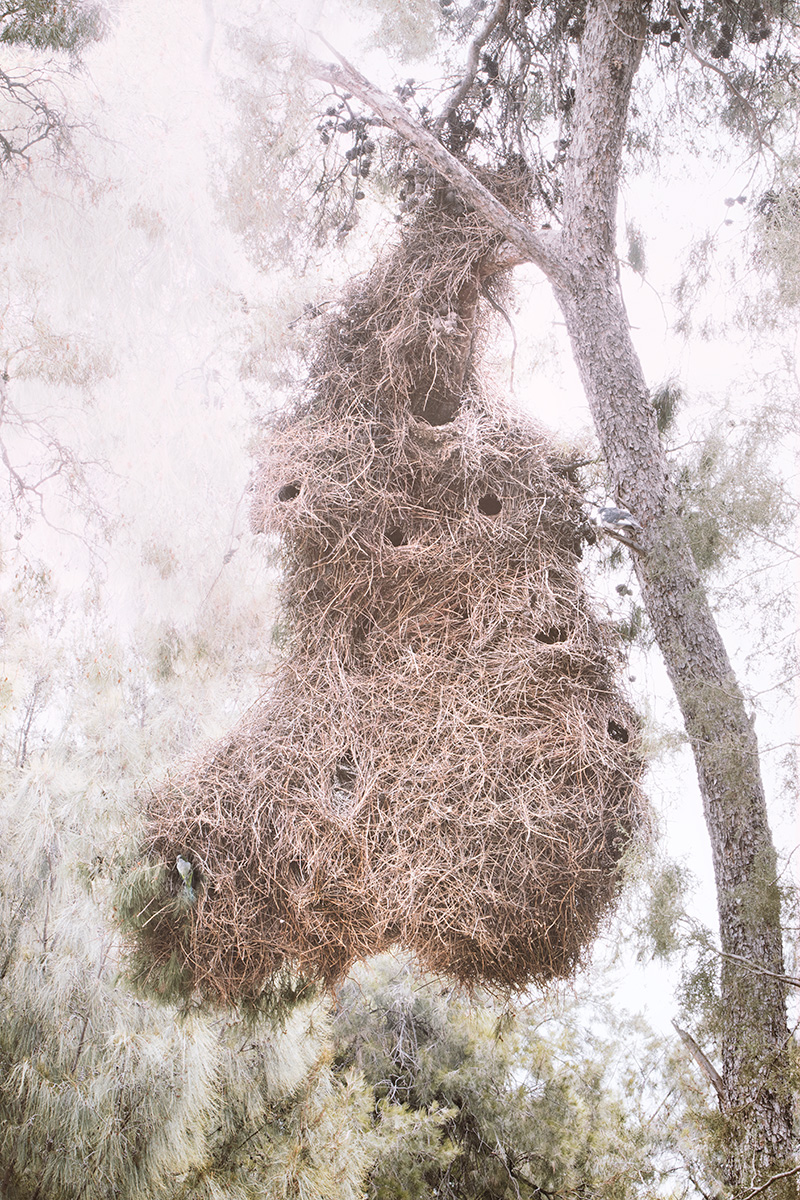
Part 4 of 4
The last stop of the tour would be the Zoo of the National Garden, a homecoming for Giorgos, who used to work there as a grounds-keeper.
He’d bring us to an enclosure in the zoo, a large cage that housed a few dozen very beautiful green parrots. These were Monk Parrots, another invasive species, this time from South America.
“But look up.”
Right above the enclosure, the trees were alive with several families of wild Monk Parrots, and the tree-tops were sagging with massive nests, hut-like balls of twigs.
By this point, the group would have swelled with more onlookers, mystified by Giorgos’s pointing, and our craned necks. Most people hadn’t even noticed the massive nests until now.
“I love their nests,” Giorgos would say. “Each one home to several families. And they’re generous enough to share with other species”. He’d point out a number of pigeons weaving in and out between the green.
In their native South America, the Green Monk Parrots are rounded up and culled for being a nuisance. Eventually they were exported as pets, becoming introduced all over the world. Those that escape into the wild have become huge problems in the USA and UK.
In cities, these parrots build their magnificent nests atop electrical poles, which apparently causes millions in damage to electrical systems. They’re actively culled wherever they’ve been introduced.
Giorgos told me the largest wild monk parrot population in Athens was here in the national gardens. The nests are the largest in the city. He said this with almost parental pride.
Years ago, when Giorgos was still working there, the zoo had placed an order for monk parrots from Argentina. When they arrived, Giorgos realised to his disappointment that the parrots wouldn’t build their nests in captivity. And so, he said, he released a few parrots into the wild, hoping to see them build their massive nest compounds.
The quiet tree-tops of the zoo seem to suit them, and they’ve flourished here, squawking away above their caged counterparts.
Copyright 2018, Institute of Critical Zoologists